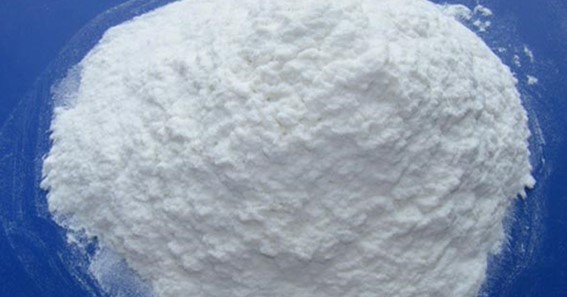Have you ever watched a bridge, skyscraper, or high-rise building and wondered about its construction process? What were the materials used in its construction? Among other things, they had a significant amount of high-strength concrete in them. High strength concrete refers to concrete with an 8,000 psi specified compressive strength, made with the help of a product called superplasticizer, which reduces the cement’s water content by almost 15%. Various superplasticizers are available, but none are as effective as the pce superplasticizer. It has been a hit with construction companies, builders, and those involved in the construction industry. What makes it better than the other plasticizers, and does it offer extra advantages? Find all that information below.
What is a pce superplasticizer?
PCE is the latest kind of superplasticizer that promises to reduce the water requirements in concrete by almost 30%. Water is required to keep the cement moist to help it during the curing process and prevent moisture from evaporating. It also strengthens the concrete and drastically prevents evaporation, decreasing its chances of developing cracks or shrinkage. However, excessive water is also harmful to the cement, reducing its strength and durability, leading to cracks and shrinking. Superplasticizers ensure the right amount of water to cement ratio, providing excellent fluidity retention performance ideal for high-rise structures.
What are its advantages?
PCE first made its appearance in the North American construction industry almost twenty years ago. It is more popular than other superplasticizers, including SMF, SNF, and MLS. Here are some of its advantages.
Offers high water reduction
This superplasticizer’s first and obvious benefit is its high water reduction rate, which goes as low as 45%, resulting in increased performance concrete.
Reduces the slump loss
Fresh concrete is only helpful for a specific time, after which it becomes almost useless, a process known as slump loss. Adding PCE to the cement reduces the slump loss and the overall loss. Suppose a freshly mixed concrete is unused for about two hours. In that case, this superplasticizer will reduce its slump loss by 15%, which is suitable for transporting commercial concrete over long distances or pumping construction.
Delivers high workability
Using a superplasticizer with polycarboxylate acid for the concrete also ensures high workability. It prevents the concrete from bleeding and separating while helping it maintain a uniform texture, making it an ideal choice for high-flow and self-leveling concrete (used for smoothing uneven or flat spots).
It decreases the concrete’s shrinkage
Workers add extra water to the concrete during the preparation or mixing process than what is usually required to start hydration. However, the excessive water leaves the concrete with the hydration’s completion, creating a volume change called drying shrinkage, resulting in cracks. They also reduce the chances of shrinkage while enhancing its durability. It also works well with various kinds of cement, including white, water repellant, low heat, high alumina, hydraulic and rapid hardening.
It is also cost-effective
Using PCE is also advantageous in terms of money, as adding it to the concrete reduces the amount of cement required.
It does not contain toxic properties
Unlike most superplasticizers available in the market, PCE does not contain toxic elements such as formaldehyde that irritate the nose, throat, eyes, and skin. It is extremely environmentally friendly and classified as a green product.
How to use PCE?
PCE manufacturers recommend 0.4% to 2.5% of the total weight of the cement material, with a dosage of 0.8% to 1.5%. However, concrete tests are a reliable method of determining the specific dosage required. You must avoid using this product with a naphthalene superplasticizer. In contrast, you should thoroughly clean mixers that previously used naphthalene-based superplasticizers to maximize their water-reducing effect.
PCE superplasticizer is the ultimate solution to all concrete-related problems during the mixing and curing process. Its excellent water-reducing properties ensure concrete’s durability, fluidity, and functionality while ensuring the highest performance.







